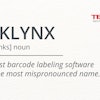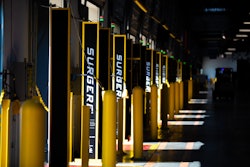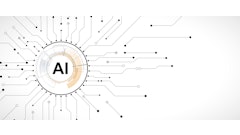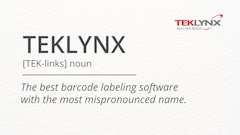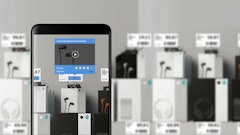
From climate-driven cocoa shortages and record-high egg prices to sweeping U.S. tariffs on imports, food and beverage companies are navigating a storm of supply chain volatility. While consumers feel the impact through price hikes, the behind-the-scenes challenges facing procurement teams are just as significant and far more complex.
Procurement teams are under immense pressure. They’re managing everything from supplier negotiations and ESG compliance to geopolitical risk and price protection, all while being asked to deliver savings and continuity. Yet most still lack clear visibility into one of their most strategic assets: their contracts.
Contract visibility isn’t optional when the cost is this high
Food and beverage brands often manage thousands of supplier agreements across regions, ingredients, and risk categories. These contracts are where key protections like minimum inventory guarantees, price locks, tariff clauses, and substitution terms live. But if procurement teams can’t easily access or act on those terms, those protections are effectively useless.
The cost of this gap is staggering. A McKinsey study found that a single prolonged supply chain disruption can wipe out nearly half a year’s profit over a decade. And disruptions are no longer rare. Severe events—from floods and droughts to sanctions and avian flu outbreaks—are now annual occurrences. Nearly every company will experience a disruption that lasts more than a month at least once every 3.7 years.
Consider a simple scenario: A wheat supplier in Canada is impacted by drought. A procurement lead’s first question isn’t “How bad is it?” It’s “Do we have a fallback?” But that answer might be buried in a contract PDF sitting in a shared drive, written in dense legal language, with no system in place to flag critical terms. In many organizations, the time it takes to find that answer far exceeds the time they have to respond.
New tariffs and inflationary pressures add to margin erosion risk
With new tariffs taking effect and inflationary pressures ever-present, procurement teams are being forced to re-evaluate not just what they’re buying, but what they've already agreed to. And often, they don’t know.
Many food and beverage companies are still unaware which contracts allow midterm price increases due to tariffs. Others don’t know which suppliers are contractually obligated to meet volume requirements during shortages. That lack of clarity leaves companies exposed when it matters most, and it’s contributing to the margin erosion many food brands are facing in 2025.
The value locked inside your contracts
The irony is that the protections companies need in a crisis often already exist, right there in their contracts. But they’re hidden behind inconsistent formatting, legalese, and inaccessible storage systems. Terms that might prevent a plant shutdown or enable rapid supplier substitution are often trapped in PDFs and Word docs scattered across departments. For multinational food brands, the scope can be enormous: tens of thousands of contracts, some legacy, some auto-renewing, all with different negotiation histories and varying risk profiles.
Advances in AI are now making it possible to mine this contract data at scale and turn it into real-time insights. AI-driven contract intelligence can now extract and normalize key terms like lead times, renewal dates, exclusivity clauses, indemnity limits, and minimum inventory thresholds. Once extracted, these terms can be cross-referenced with procurement, legal, and operational systems, allowing teams to see risk exposure by supplier, region, or ingredient at a glance.
Turning liabilities into leverage
Let’s return to the wheat supplier example. With contract intelligence, procurement can instantly surface all contracts tied to Canadian wheat, flag those without fallback clauses, and prioritize negotiations or alternate sourcing accordingly. Better yet, it can flag suppliers who are not in compliance with their contracted terms and use that data to trigger corrective action, or negotiate better terms going forward. That kind of agility doesn’t just mitigate risk. It also creates leverage.
When companies have clarity on who’s meeting their obligations (and who isn’t), they’re in a stronger position during renegotiations. They can identify favorable contract structures, replicate success across future deals, and avoid repeating mistakes that might have gone unnoticed in the past.
It also enhances collaboration across functions. Legal can ensure contracts are written for easier machine readability and compliance monitoring. Finance can link contract risk to forecast models. Supply chain teams can plan more confidently, knowing exactly what’s enforceable versus aspirational in vendor agreements.
Contract visibility is a mindset shift, not just a tech upgrade
Embracing AI for contract visibility isn’t just about adopting new tech. It represents a broader mindset shift in how food and beverage companies approach procurement. Reactive sourcing is no longer sustainable. Brands that treat their supplier agreements as living, searchable sources of truth, rather than static PDFs, will have a major advantage.
Contract visibility won’t solve every supply chain challenge. But it can reduce the guesswork, reveal new levers for negotiation, and help procurement teams operate with speed and certainty in moments that matter most.

